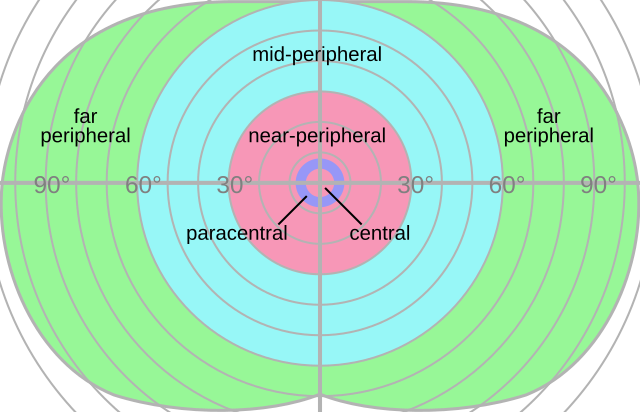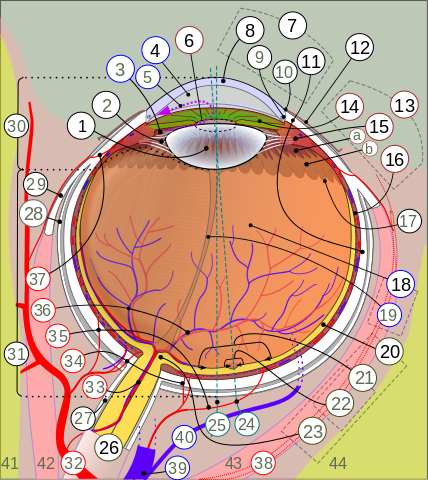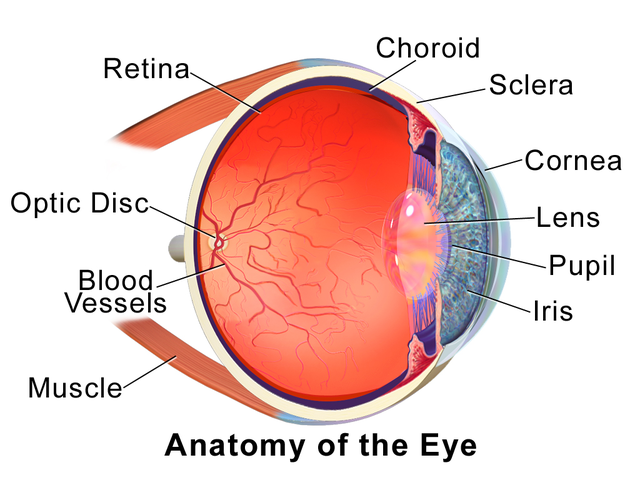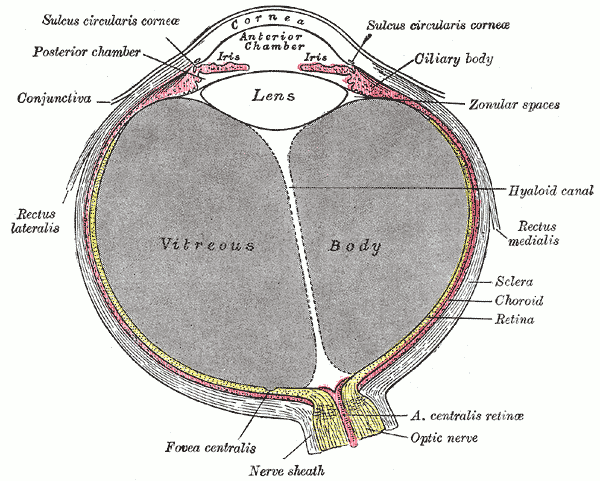We just learned about Peripheral Vision.
Another part of the eye is the Saccade.
When your eyes move, sometimes they move fast and sometimes they move slow.
If you quickly switch from looking at one spot to looking at another spot, that is called a saccade.
So if you are holding your open hand out, you can stare at your thumb and then quickly switch to staring at your pinky.
You don't need to slowly move your eyes along across the middle of your hand until you stop at your pinky, you just zip right over and look at it, and you can switch back and forth easily.
The word saccade is French for jerk, like a jerking movement as your eyes move around.

(from: wikipedia - saccade)
Kid Facts - Blast from the past: Filiform Papillae




















